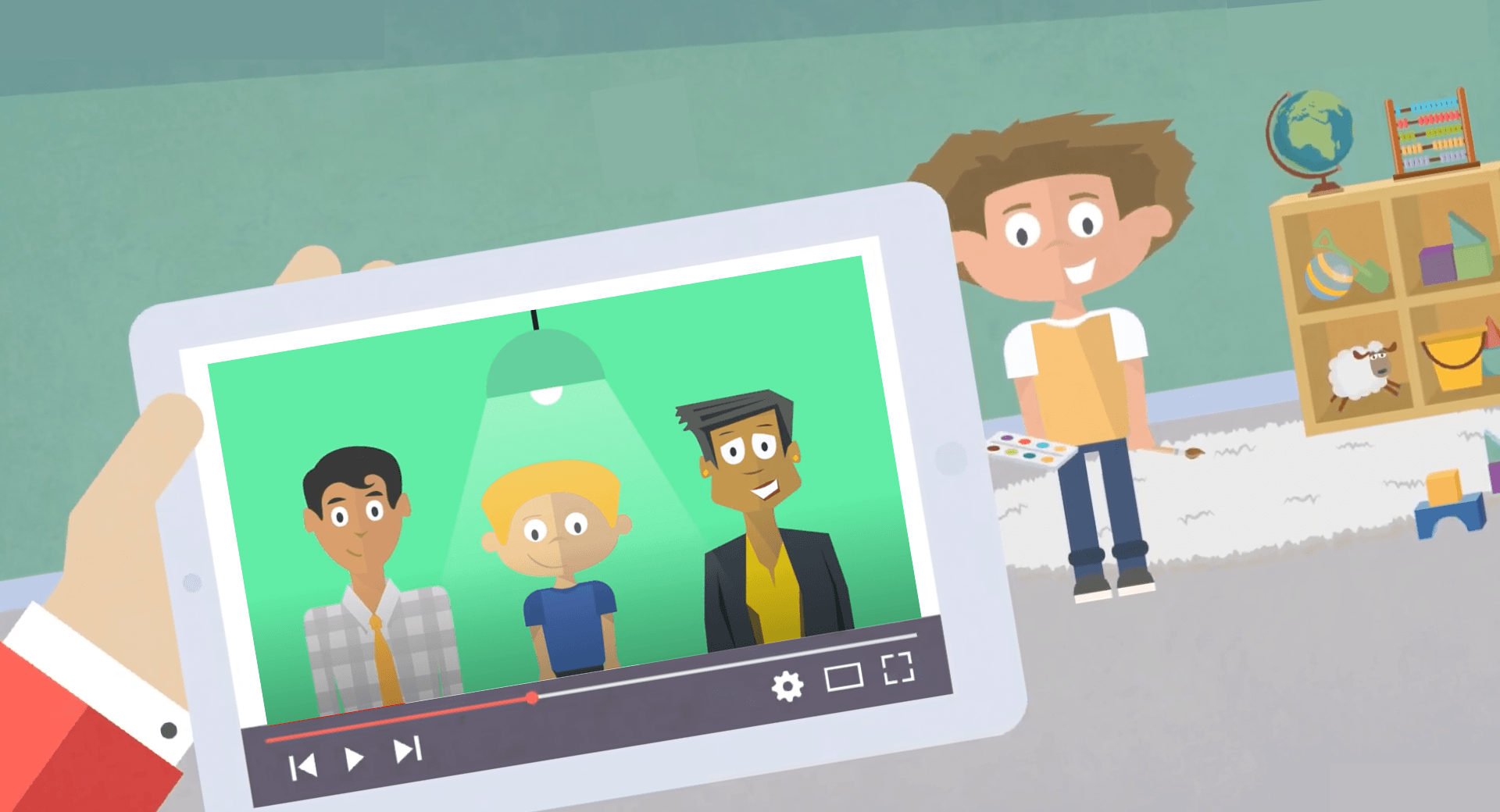
The search for high-quality edtech is top-of-mind for CTOs and administrators, especially during this era of remote learning.
Vendors worth their school-budget salt make it clear they’re embarking on a lasting partnership—at least years, and sometimes decades. How can school leaders make a wise decision that will stand the test of time and last through multiple tech upgrades? The vendor’s philosophy about user-centric edtech can provide clues. As initial research, RFP, demos, and meetings get underway, look for clues that help answer this question: “Do you create solutions for people or simply place technology in schools?”
Clue one: User experience design (UX)
UX is a process, one that permeates every step of designing software, and one that revolves around one simple truth: Users are the experts. The process looks a little something like this:1. Strategic empathy: This is a fancy way to say “listen to the user.” Okay, maybe there’s more to it than just listening. After all, knowing how to get a user talking about how they do their job isn’t always easy! During this process, software development teams abandon the idea that they have all the answers and schools are simply waiting for a solution. Instead, users offer vendors valuable insight into how they really work, resulting in features they actually want to use.
2. Ideate: Different design teams take feedback and use it to create an idea, which—you guessed it—they then run by the user to make sure they’re on the right track. More feedback leads to a better final product before any production even begins.
3. Development and testing: It’s time to actually build the feature. Then test it. Then learn from mistakes and repeat the process. Users let developers know if they got it right, or if they need to make improvements.
4. Validation: Vendors need feedback about what they created! Strong user partnerships provide deep insight into how users actually work.
The common thread to all the steps? Returning to the customer for that invaluable feedback.
Clue two: Security training
No one wants to discover a data breach, least of all schools tasked with protecting children’s personal identifiable information. But during the latter part of 2020, K12 schools moved into the spotlight as the number one target for ransomware. Security training for all users benefits everyone in the symbiotic partnership of edtech and districts. A mention (or better yet, a focus) on security indicates a proactive vendor who cares about the data they’re charged with safeguarding.Clue three: People-first language
Teaching and learning is a social activity. Beware the vendors who feature article after article listing the top ways to improve a classroom—and all the strategies include something to download or install. Look for respect and celebration for the important work that happens between the people in school districts, even when technology is merely the scenery or (gasp!) barely mentioned at all.Clue four: Requesting your feedback
No telephone-style feedback mazes for you! Open channels of feedback take many forms these days, but the biggest clue a vendor actually wants to improve is the simple act of requesting feedback. This could be one-on-one, in a group or panel, or through an online survey. The possibilities are vast to account for the many ways different users are wired to present their experiences and opinions.Truthfully, from a user’s perspective the volume of feedback requests might even feel a little overwhelming. We ask because we care—and crave the opportunity to improve.
Clue five: Shared purpose
Everyone in education technology shares the same guiding principle: help kids learn and grow more. There are many, many pieces to this puzzle, even some located behind the scenes that students will never see or interact with. Regardless, seeing the shared purpose of improving experiences for people in schools provides common ground for building a lasting partnership with an edtech vendor.The search for high-quality edtech will always involve important specifications and requirements. Still, an important factor in a long search for the perfect solution may be a user-centric, teamwork approach to implementing, training, maintaining, and upgrading systems over time.
Follow-up resource: The UX cycle
Curious about how the user experience cycle of development works? This quick video breaks it down in about two minutes.WHAT'S NEXT FOR YOUR EDTECH? The right combo of tools & support retains staff and serves students better. We'd love to help. Visit skyward.com/get-started to learn more.

|
Erin Werra Blogger, Researcher, and Edvocate |
Erin Werra is a content writer and strategist at Skyward’s Advancing K12 blog. Her writing about K12 edtech, data, security, social-emotional learning, and leadership has appeared in THE Journal, District Administration, eSchool News, and more. She enjoys puzzling over details to make K12 edtech info accessible for all. Outside of edtech, she’s waxing poetic about motherhood, personality traits, and self-growth.




